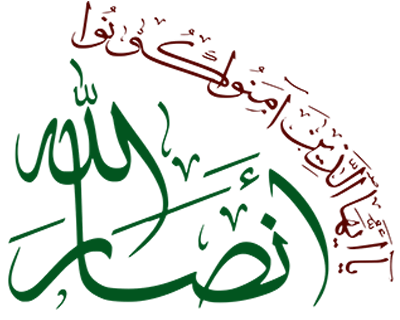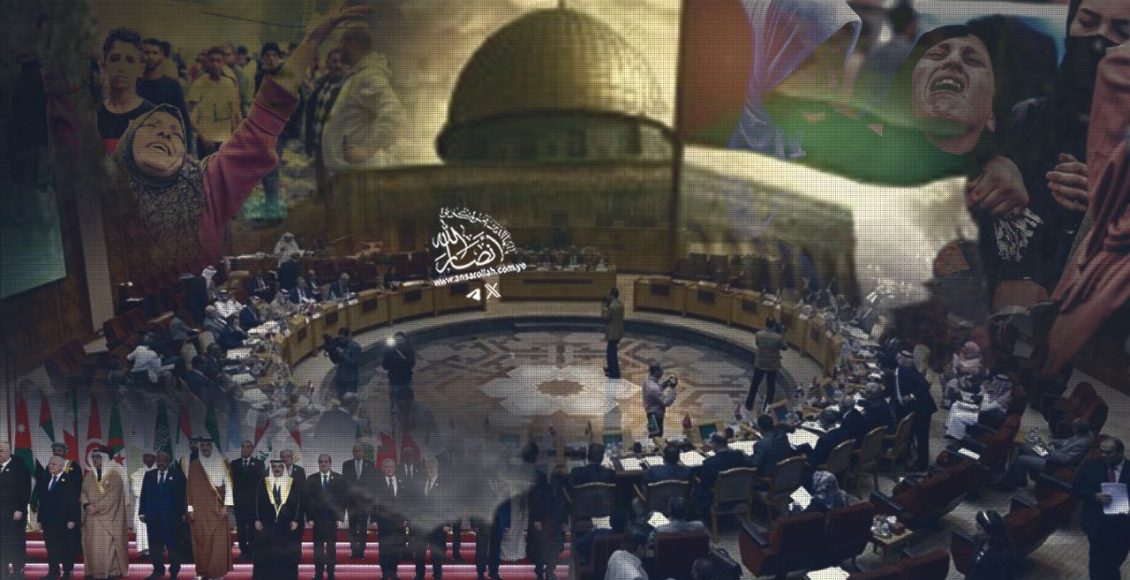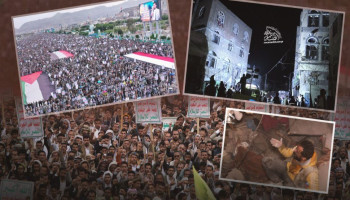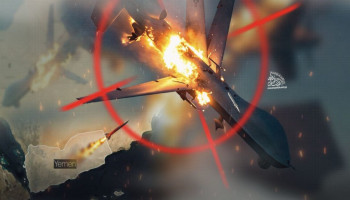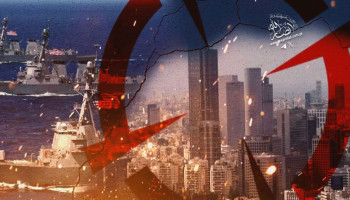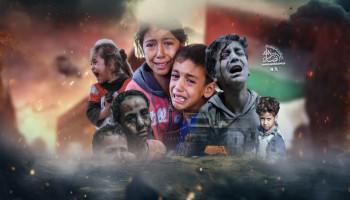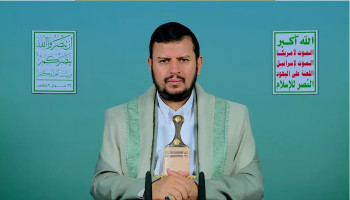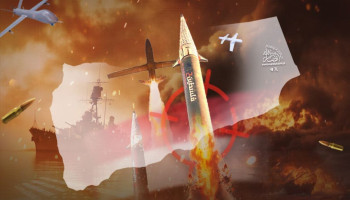In the darkness, where children stubbornly clung to hope in the face of bitter truths surrounding them, a sudden wave of sorrow engulfed their world. Their innocent dreams were pierced not merely by jets breaking the sound barrier but by warplanes shattering the fragile threads of hope woven in their young souls—hope for a world of safety and peace.
In the spiritual serenity of Ramadan, as Gaza’s families prepared for Suhoor with simple hopes for a fleeting moment of peace amid enduring suffering, children lay in bed dreaming of spring breezes, while mothers arranged modest meals. None imagined the torment that would descend within moments.
Suddenly, the skies of Gaza echoed with the roar of fighter jets—a grim omen of tragedy. The Israeli enemy violated the ceasefire, launching a new wave of predictable but devastating air raids. During Suhoor that night, death rained from the skies, turning densely populated neighborhoods into mass graves, as the echoes of wails in pain rang out from beneath the ruins left by the savage bombings.
In that ill-fated dawn, the bombs did not just wound bodies—they tore at souls, leaving indelible scars. Families who had just sat down together found themselves shattered: some lost fathers, others lost sisters, and many still don't know what fate befell their loved ones. Meanwhile, the United States stepped in to justify the Zionist escalation, stating, “Israel consulted us before resuming its full-scale war on Gaza.”
Thus, America reduced the hellish suffering of wars to a political chess piece on the negotiation table. Meanwhile, Benjamin Netanyahu—the criminal hiding behind military decrees—mockingly declared, “Negotiations for a ceasefire will continue but under fire.”
Just last week, the humanitarian catastrophe worsened with the discovery of a mass grave in Rafah containing fifteen humanitarian workers—paramedics from the Palestinian Red Crescent, Civil Defense teams, and a UN employee. Their bodies, bound and bearing horrifying injuries to the head and chest—some decapitated—spoke volumes of the torment they endured.
This has been described as “one of the most brutal executions.” Israeli forces bombed ambulances, a firetruck, and a UN vehicle while they responded to urgent calls to save lives.
The increasing number of bodies found buried under mangled ambulances exposed the lie in the Israeli claim that these vehicles were used for military purposes. Hamas and Islamic Jihad vehemently denied this. The United Nations confirmed the victims were in full official uniform, responding to civilian emergencies.
In Khan Younis, another tragedy unfolded. A Palestinian family, displaced and preparing for a wedding, was struck by an airstrike. Twelve family members were killed while celebrating the birth of a new child and an upcoming wedding. Basma Al-Qaaoud, a relative of the victims, spoke with bitter sorrow: “We were preparing our home for a wedding celebration, congratulating our mother on her newborn, dreaming of a joyful day.”
Basma recounted stories of the victims—ordinary civilians. “Yasser was a teacher. Abboud worked in beauty. Ismail was a former Palestinian Authority employee. These were my sons. One was a groom-to-be, and another was engaged to a woman in Egypt. What more can I say? One was married and his wife was pregnant.”
As the Israeli enemy continues committing genocide, Basma, a survivor of the attack, emphasized that all the victims were civilians—among them two baby girls just three months old and the other aged three. With tears filling her eyes, she named the victims: “One was pregnant, another engaged, the third newly married. Their celebrations followed each other… but the war turned them into agonizing sorrows.”
Mustafa Al-Jammal, fiancé of the slain nurse student Tasneem, shared his heartbreak: “She was my princess. We got engaged during the last truce. We both studied nursing. We were planning a bright future together. But our dreams were crushed when the Israeli assault killed her. The occupation stood in the way of everything we wanted.”
These horrifying moments reveal how war shatters lives, turning celebrations into mourning. Each martyr in Gaza tells a human story. Each lost joy speaks of unfulfilled dreams—raising one urgent question: When will global inaction end?
Terrifying Statistics
According to the latest report from the Palestinian Ministry of Health, since March 18, 2025, the number of martyrs has risen to 1,309, with 3,184 injuries. The total death toll from the Israeli aggression since October 7, 2023, now stands at 50,669 martyrs and 115,225 injuries.
The Gaza Municipality has also declared a severe water crisis due to Israeli attacks on water lines, resulting in massive destruction of water networks and wells. The municipality urged international humanitarian organizations to pressure Israel to respect civilian rights and allow repair crews to restore the "Mekorot" water line.
Hunger and Death: A Dual Tragedy
The Zionist enemy continues its campaign to seize vast swaths of Palestinian land and neighboring territories. On Wednesday, April 2, 2025, the Israeli military expanded its operations in Gaza with the declared aim of seizing “wide areas” of the besieged enclave. Zionist Defense Minister Yisrael Katz stated the operation seeks to “crush and cleanse the area of its inhabitants and infrastructure to add it to so-called Israeli security zones.”
Simultaneously, the enemy escalated the forced displacement of Palestinians from Gaza. On Tuesday, The occupation’s so-called Ministry of Interior announced that hundreds of Gaza residents, along with German diplomats, were flown from southern occupied Palestine to the city of Leipzig. This operation fueled widespread fear and panic among the Gaza population, who are already reeling from a lack of protection and the intensifying assault.
In Jabalia, northern Gaza, an Israeli airstrike on a UN clinic sheltering displaced Palestinians killed at least 22 people. Hamas condemned the strike as a continuation of genocide and a blatant violation of international law by criminal Benjamin Netanyahu. Hamas rejected Zionist claims that the clinic was used as a base for its fighters, describing the allegations as blatant lies to justify the heinous crime.
Alongside the bombings, the Zionist enemy has tightened its siege on Gaza, closing all border crossings and preventing humanitarian aid from entering. The World Food Programme confirmed that all subsidized bakeries in southern Gaza will shut down due to lack of flour, further worsening the humanitarian crisis. Amid ongoing massacres and the blockade, Gaza’s population faces unprecedented scenes of suffering and starvation.
In Gaza—home to more than 2.4 million people—over 80% rely on humanitarian aid to survive. As the Israeli assault intensifies, the humanitarian crisis deepens, turning Gaza into a scene of crimes that shake the world’s conscience.
Human rights groups and humanitarian organizations report a looming catastrophe. With worsening food shortages and disease outbreaks, the UN Special Rapporteur on the Right to Food warned that more people in Gaza may die from hunger than from bombings. The suffering of Palestinians continues unabated, while international institutions offer nothing but statements.
Conclusion
The ongoing Zionist escalation against Palestine has become a symbol of the prolonged agony endured by the Palestinian people. Their dreams of dignity have morphed into nightmarish terror. These devastating events may claim lives, but the human stories rising from their ashes must be told and heard—for silence in the face of such crimes has consequences for both governments and people.
These stories, voiced through orphaned children, grieving mothers, and widows, are not just accounts of what happened on March 18 or April 4. They are reflections of global silence and moral decay, especially in the Arab and Islamic worlds. In Gaza, hearts defy pain, and souls withstand the storm of Zionist-American savagery. This is jihad against Israeli tyranny, whose brutality surpasses the tragedy of any conflict known to mankind.
Gaza, besieged and bombarded, continues to narrate daily tales of pain and resilience. As the assault persists, the question remains: How much longer will this human tragedy be left without a solution? Why the fear of the cowardly Zionist entity? What must be known is this: Israel has only grown more brutal through the world’s disgraceful silence. This entity is deterred by nothing but force.
